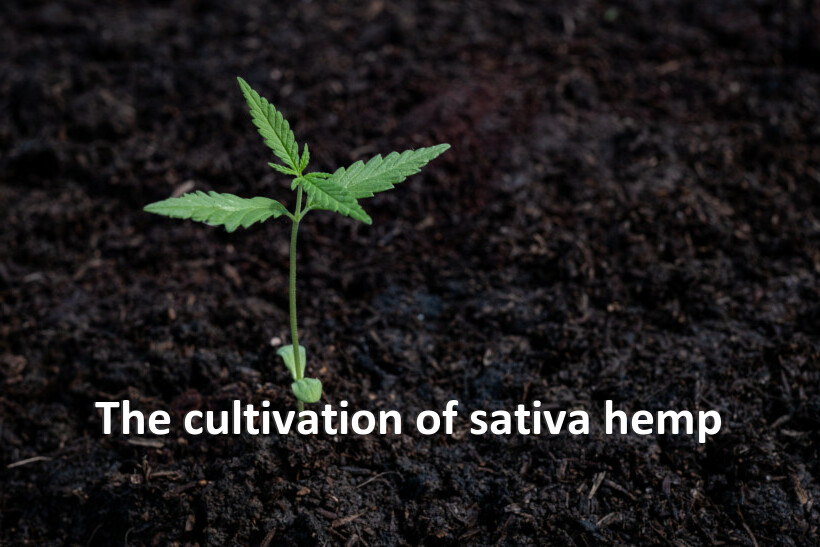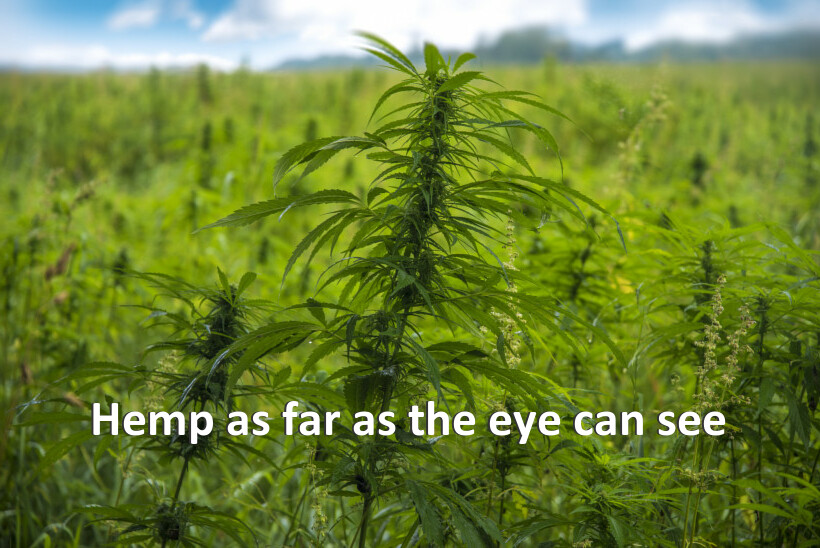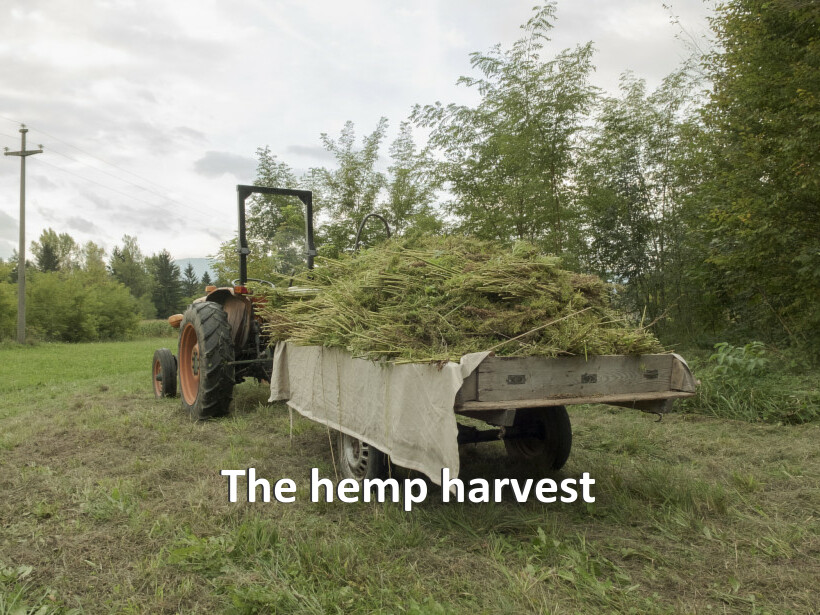Growing Cannabis Sativa (Industrial Hemp) outdoors
The cultivation of industrial hemp (Cannabis Sativa) outdoors, also known as outdoor cultivation, is very much in the majority, compared to indoor cultivation. Cultivated in France and Europe by the Celts well before the Middle Ages, this beautiful annual plant continues to create debate.

Industrial hemp
Cannabis Sativa (rich in CBD), more commonly known as industrial hemp to avoid confusion with recreational cannabis, is probably one of the first plants cultivated by man. For several hundred years, its oil and nourishing seeds were consumed by our distant ancestors, and the plant's fibers were used to make fabrics, sails for navigation, and also ties and ropes. Nowadays the uses of Cannabis Sativa have multiplied and every part of the plant (seeds, flowers, leaves, stems, and even roots) is used.
The cultivation of hemp (Cannabis Sativa)
Cannabis Sativa (hemp) is an annual plant, its life cycle, from the germination of the seeds, to the production of new seeds is spread over a few months. To ensure its reproduction, the cannabis requires 2 plants, 1 male, and another female. Today, there are varieties of monoecious cannabis, where the male and female flowers are on the same plant.
Once the variety of Cannabis Sativa, selected, the setting in culture will be able to begin. To sow a field, a considerable quantity of seeds will be needed. One counts approximately 45 kg of seeds to sow a surface of 110 meters length by 90 meters broad.
The soil
The best time to sow hemp (Cannabis) is between mid-April and mid-May. At this time of year, the sun has already begun to warm the soil slightly, but for good growth and flowering, the plants need soil that is not too cold. Growing Cannabis requires lumpy soil, after a spring tillage. The soil can contain water, but should not be saturated with it, at the risk of seeing the seeds wither.
Sowing
The sowing is the operation which consists in putting in ground the seeds of the variety of cannabis chosen (among a dozen authorized). According to the variety of hemp chosen, the bloom will be more or less early. If the culture aims at an important production of fibres, one will choose a late bloom. For an important production of CBD, it is necessary to wait for a complete bloom, so that the quantity of cannabinoids is at its maximum.seeds are chosen and the ground was ploughed, the cultivators will now be able to proceed to the sowing. The seeds of Cannabis Sativa are going to be buried to a depth of 2 or 3 cm maximum, with a spacing envisaged between each plant of approximately 15 cm.

The fertilizer
To cultivate hemp, generally requires little fertilizer, if the ground in which it grows is sufficiently rich in nutrients. If the nature of the soil does not allow for optimal plant growth, which could result in a disappointing harvest, growers can add some fertilizer in the form of nitrogen.
Water
Cannabis cultivation requires an adequate supply of water in order to obtain beautiful plants, and thus a quality harvest. Indeed, the water needs of the hemp are high. It is during the period of flowering and the rise in seed that the needs in water are the most important. A water deficit during this period can compromise the good yield of the crop. In some regions, growers must therefore set up irrigation systems to provide the plants with sufficient water.
The sun
Cannabis is a full-sun plant, which will grow much better if there is a lot of sun. Contrary to the cannabis cultivated in pot inside (indoor), where the conditions of culture, are decided by the cultivators from weeks to weeks, the hemp cultivated in the light of the day undergoes the hazards of nature, as well in term of temperature as of exposure to the sun. It is during the first weeks of flowering that an important sunshine will give beautiful flowers.
Weeding
When the conditions of culture are optimal, a rich and well drained ground, an ideal temperature and moisture, the seeds of Cannabis Sativa germinate quickly and reach 20 to 30 cm in 3 or 4 weeks. With their beautiful size, the plants shade the ground at 90 %, letting pass only some sun rays, insufficient to allow the growth of the weeds. The culture of cannabis thus seldom requires the use of phytosanitary products, which is good for the ground, and its inhabitants.
Diseases and pests
Cannabis Sativa is an undemanding plant, its rapid growth and robustness allow it to overcome the majority of diseases and pests, which makes it a perfect crop for organic cultivation.
The harvest
When the cannabis reaches maturity, and according to the varieties and the envisaged use (production of CBD, fibers, seeds, etc.), the cultivators proceed to the harvest. Depending on the area, mowers or large combines are used. The fibers of Cannabis Sativa very resistant, the blades of the machines must be in perfect state, and very well sharpened.











